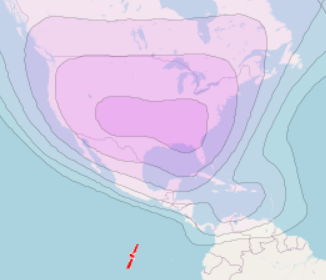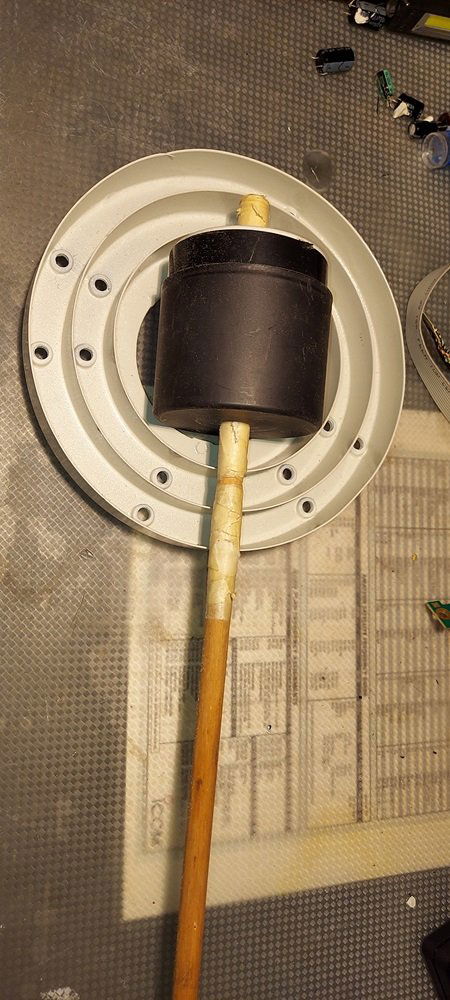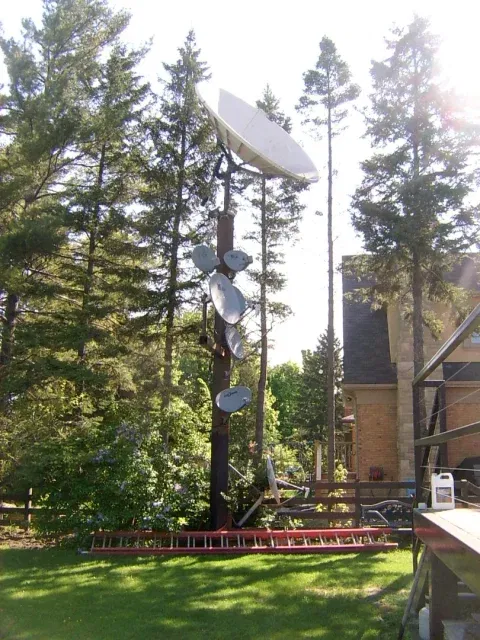Back in the say, Chaparral's feedhorns were a tight fit, just enough looseness to adjust the polarity and center on the dish without moving the LNB's off center.
Now, every feed I've used it sloppy and hard to align while keeping everything in place. Some have half inch or more sloppiness because everything in resting on the end of 4 bolts.
Back then, it was nearly impossible to oblong the throat because the scalar to LNB fit tp the scalar was within a few thousandths of being the same diameter.
as the throat.
I have one dish parked on AMC 21 and there are several transponders that have signal all the time, and several others have no signal at all. It's not in frequency interference because neither the signal or quality are there when they're off.
I don't get much on that satellite because most of the channels are encrypted. When these channels are on, the signal level is 95/85, same as the ones that are on all the time. They seem to be off more during bad weather.
It's a weird situation because the signal between Horizontal and Vertical are identical, so it's not a polarity problem. I keep this satellite tuned because once in a while you can find channels running ITC.
That looks like a Prodelin dish. Those things are heavy. At the height that dish is at, I wouldn't be surprised to learn some of the problem being attributed to the dish causing the pole to lean off plumb.
We had a fly by night company come through here selling dishes on credit, but the amount they charged, figured by their low payment and interest rate, you'd never pay it off.
One of their dirty tricks was telling everyone they needed a tall pole to clear the path to the satellite. Some of the poles were 20 feet. For everyone they convinced to go with the tall pole, they got another $200 on the installation, which they pocketed.
They had all kinds of problem when it was breezy and their picture kept going in and out on windy days. All of their dishes were 7 1/2 wire mesh. I can't imagine having a fiberglass dish that high. That may be something to consider when trouble shooting problems with reception. A pole out of plumb can make it difficult or nearly impossible to tune properly even if its a fixed dish. Just a suggestion.





